So I use my 1993 White Honda Accord as my test subject when doing different things. A while back I posted a question about the compound drying out extremely fast, and had many great responses for what, how, and why.
Well my next question is, i wet sanded about half the truck lid and the factory spoiler on it, ( after I clayed of course ) and washed it down really well after the sanding, started at 1500, then 2500, then 3000 grit, and )I know some of you are going to say sanding on a 21 year old paint, are you insane ! Well not a huge concern since I drive it back and forth to work every day). But I sanded very lightly, uniform and crossed with each grit. So from everything i have read and watched i am sure i did a fairly good job. Also the reasoning behind the wet sand was 2 things, 1. paint on this thing is in terrible condition ( bought it like that a year ago and just havent had time for the complete correction ) and 2. I really wanted to try the wet sanding.
So here is what I did:
Washed the trunk lid, and spoiler
Clayed trunk lid and spoiler
Sanded 1500 , 2500 , 3000
Washed again
Meguiars D/A paired with the Microfiber Cutting Disc and D300.
The way it turned out, my jaw dropped! I figured i would have "screwed" something up with doing this, but it came out crystal clear and flawless except the deeper scratches that i was not going to try to sand out because I knew there was just no way for those nasty things to come out.
So now the Question,
Why is it that the compounding process lasted so much longer this time VS being non-wet sanded and the compound drying out in the matter of seconds.
I have been thinking about it a lot lately and I think i know the answer but want to ask it. I was thinking that i possible knocked out the "dry stuff / Oxidation" out when the wet sanding was going on. But I am not the professional here, and first time I touched paint with sand paper. I will try to get some pictures of what the area looked like prior, i saved one spot that i didnt compound yet, so still have the sanding marks, and the outcome.
Thanks for the help
Joel
Well my next question is, i wet sanded about half the truck lid and the factory spoiler on it, ( after I clayed of course ) and washed it down really well after the sanding, started at 1500, then 2500, then 3000 grit, and )I know some of you are going to say sanding on a 21 year old paint, are you insane ! Well not a huge concern since I drive it back and forth to work every day). But I sanded very lightly, uniform and crossed with each grit. So from everything i have read and watched i am sure i did a fairly good job. Also the reasoning behind the wet sand was 2 things, 1. paint on this thing is in terrible condition ( bought it like that a year ago and just havent had time for the complete correction ) and 2. I really wanted to try the wet sanding.
So here is what I did:
Washed the trunk lid, and spoiler
Clayed trunk lid and spoiler
Sanded 1500 , 2500 , 3000
Washed again
Meguiars D/A paired with the Microfiber Cutting Disc and D300.
The way it turned out, my jaw dropped! I figured i would have "screwed" something up with doing this, but it came out crystal clear and flawless except the deeper scratches that i was not going to try to sand out because I knew there was just no way for those nasty things to come out.
So now the Question,
Why is it that the compounding process lasted so much longer this time VS being non-wet sanded and the compound drying out in the matter of seconds.
I have been thinking about it a lot lately and I think i know the answer but want to ask it. I was thinking that i possible knocked out the "dry stuff / Oxidation" out when the wet sanding was going on. But I am not the professional here, and first time I touched paint with sand paper. I will try to get some pictures of what the area looked like prior, i saved one spot that i didnt compound yet, so still have the sanding marks, and the outcome.
Thanks for the help
Joel


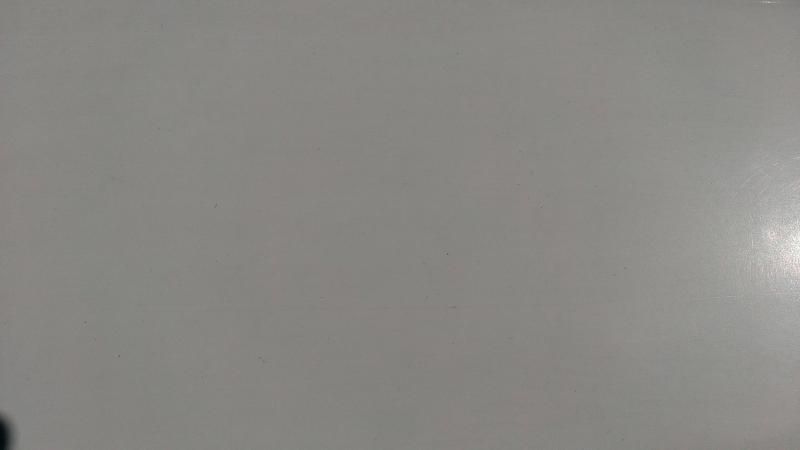
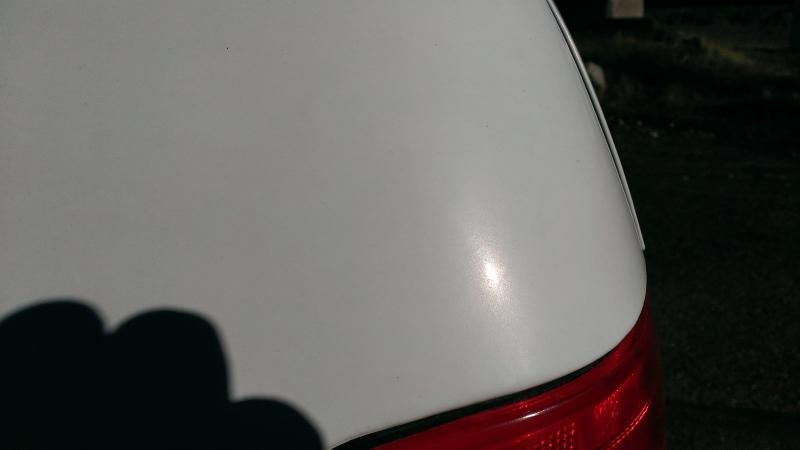

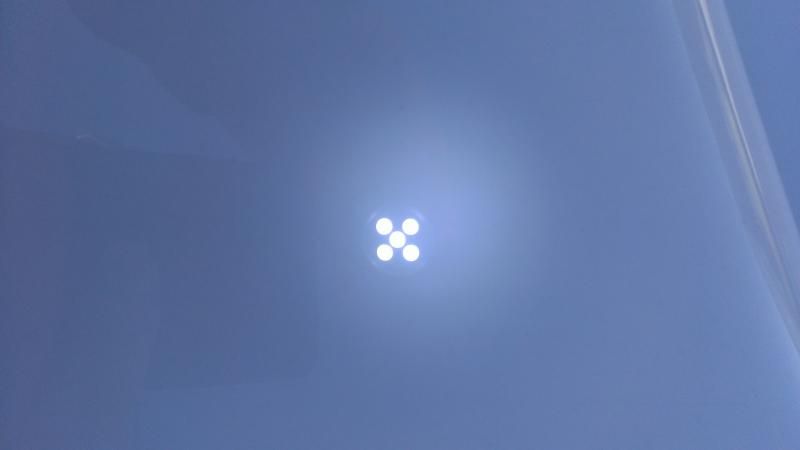
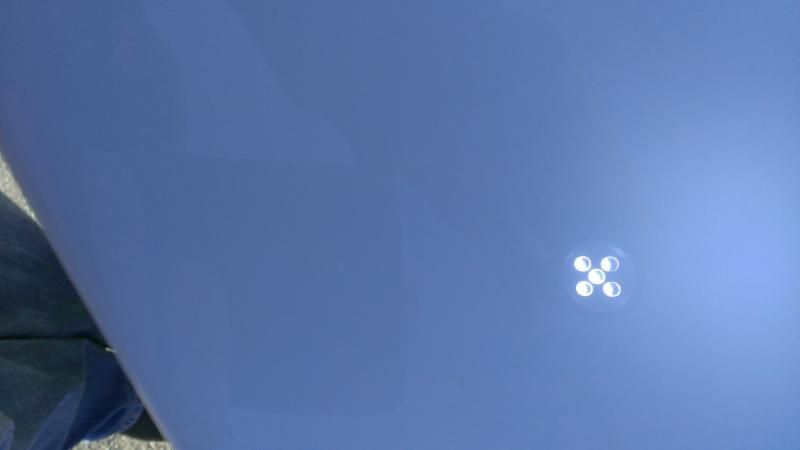
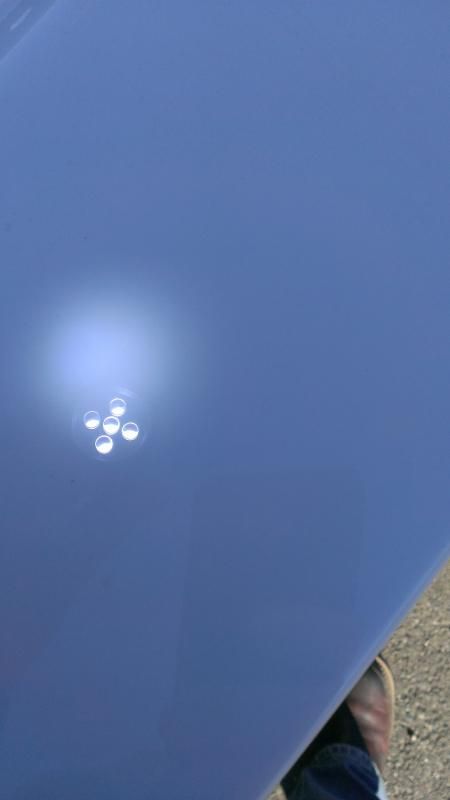
 Test Hoods Are Cheap And Most Of The Time Free
Test Hoods Are Cheap And Most Of The Time Free
Comment